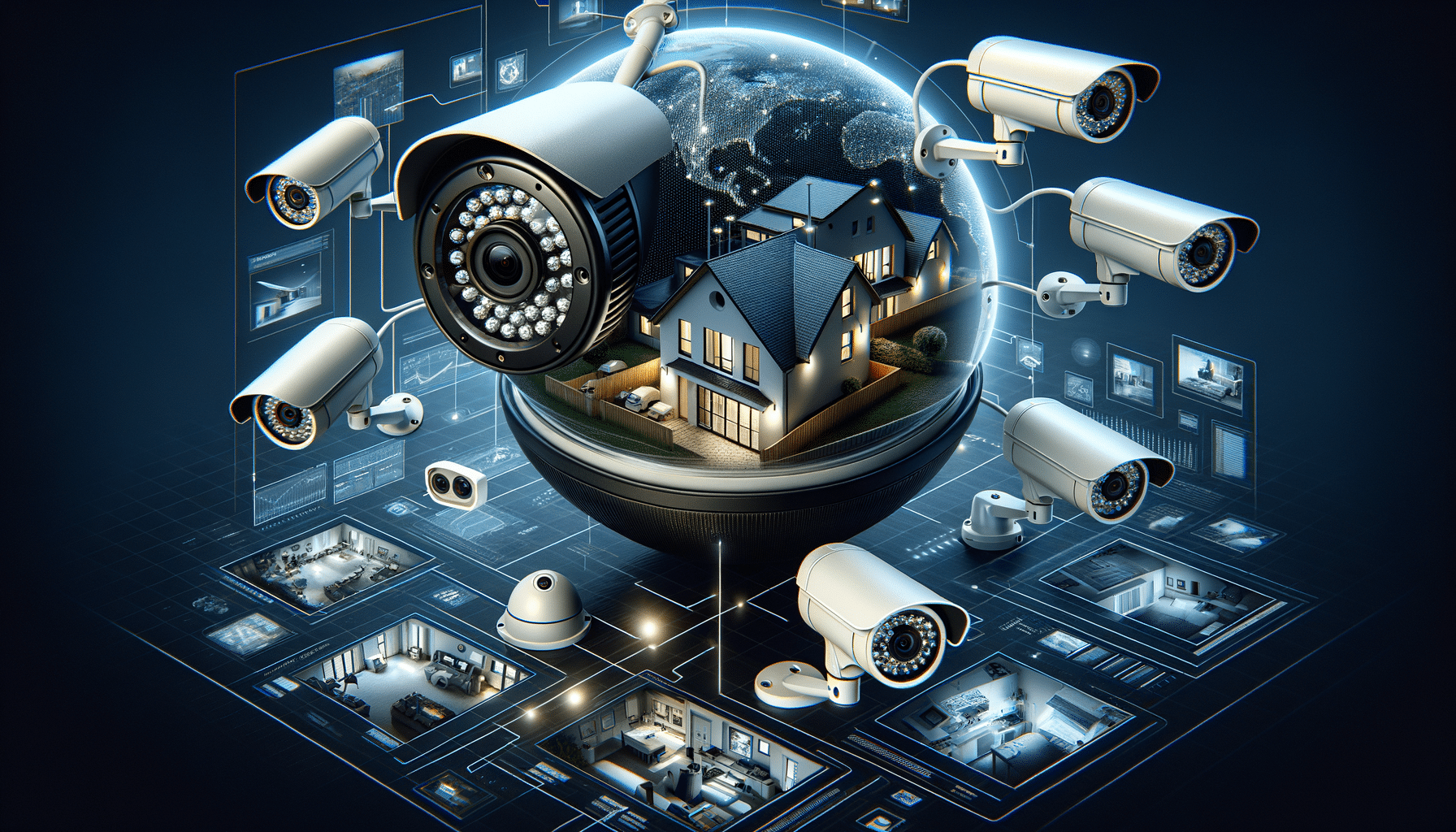
Secure Your Property with Reliable Surveillance Solutions
Introduction to Security & Surveillance Cameras
In today’s world, the importance of security and surveillance cameras cannot be overstated. These devices act as a crucial line of defense, providing peace of mind to homeowners and business owners alike. With the rise in property crimes and the need for enhanced security measures, surveillance cameras have become an indispensable tool in safeguarding assets and ensuring safety. This article delves into various aspects of security cameras, exploring their benefits, types, features, and considerations for choosing the right one for your needs.
Benefits of Security Cameras
Security cameras offer numerous advantages that extend beyond simple surveillance. Firstly, they serve as a strong deterrent against criminal activities. The mere presence of a camera can discourage potential intruders from attempting to break into a property. Furthermore, in the event of a crime, cameras provide valuable evidence that can aid in investigations and potentially lead to the apprehension of perpetrators.
Another significant benefit is the ability to monitor activities in real-time. This feature is particularly useful for businesses, allowing managers to oversee operations and ensure that employees adhere to company policies. Additionally, modern security cameras often come equipped with smart technology, enabling remote access through mobile devices. This means you can keep an eye on your property from anywhere in the world.
Moreover, security cameras can play a vital role in enhancing the overall safety of a community. By installing cameras in public spaces, local authorities can monitor for suspicious activities and respond swiftly to emergencies, thereby improving public safety.
Types of Security Cameras
The market offers a wide range of security cameras, each designed to meet different needs and environments. Understanding the types available can help you make an informed decision.
One of the most common types is the dome camera, known for its discreet design. These cameras are often used indoors and are ideal for retail stores, as they blend seamlessly with the decor while providing a wide field of view. Bullet cameras, on the other hand, are more noticeable and are typically used outdoors. Their long, cylindrical shape makes them effective for long-distance viewing.
For those looking for advanced features, PTZ (Pan-Tilt-Zoom) cameras offer the ability to move the camera lens remotely, providing comprehensive coverage of large areas. Additionally, there are wireless cameras that offer flexibility in installation, as they do not require extensive wiring.
Each type of camera has its unique advantages, and the choice ultimately depends on the specific security needs and environment of the user.
Key Features to Consider
When selecting a security camera, several key features should be considered to ensure optimal performance and reliability. One of the most important features is resolution. High-definition cameras provide clearer images, which are essential for identifying faces and license plates.
Another critical feature is night vision capability. Cameras equipped with infrared LEDs can capture clear footage even in low-light conditions, making them invaluable for 24/7 surveillance.
Weather resistance is also a crucial factor, especially for outdoor cameras. Look for cameras with a high IP rating, indicating their ability to withstand harsh weather conditions.
Additionally, consider storage options. Some cameras offer cloud storage, while others use local storage solutions like SD cards. Cloud storage provides the advantage of remote access to footage, but it may come with subscription fees.
Lastly, smart features such as motion detection, facial recognition, and integration with home automation systems can greatly enhance the functionality of security cameras.
Choosing the Right Surveillance Solution
Selecting the right security camera involves a careful assessment of your specific needs and environment. Start by identifying the primary purpose of the camera. Is it for indoor or outdoor use? Do you need to monitor a large area or focus on a specific entry point?
Consider the level of detail required in the footage. For high-risk areas, opt for cameras with higher resolution and advanced features like zoom capabilities. For general surveillance, standard-definition cameras may suffice.
Budget is another important consideration. While it may be tempting to choose the most affordable option, investing in a high-quality camera can provide long-term benefits in terms of reliability and functionality.
Finally, think about the ease of installation and maintenance. Wireless cameras offer greater flexibility, but wired cameras are often more reliable in terms of connectivity.
With careful consideration of these factors, you can choose a surveillance solution that provides the protection and peace of mind you need.
Conclusion
Security and surveillance cameras are an essential component of modern security systems. By understanding their benefits, types, and features, you can make informed decisions to protect your property effectively. Whether for personal or business use, investing in a reliable surveillance solution can provide peace of mind and enhance safety for you and your community.


